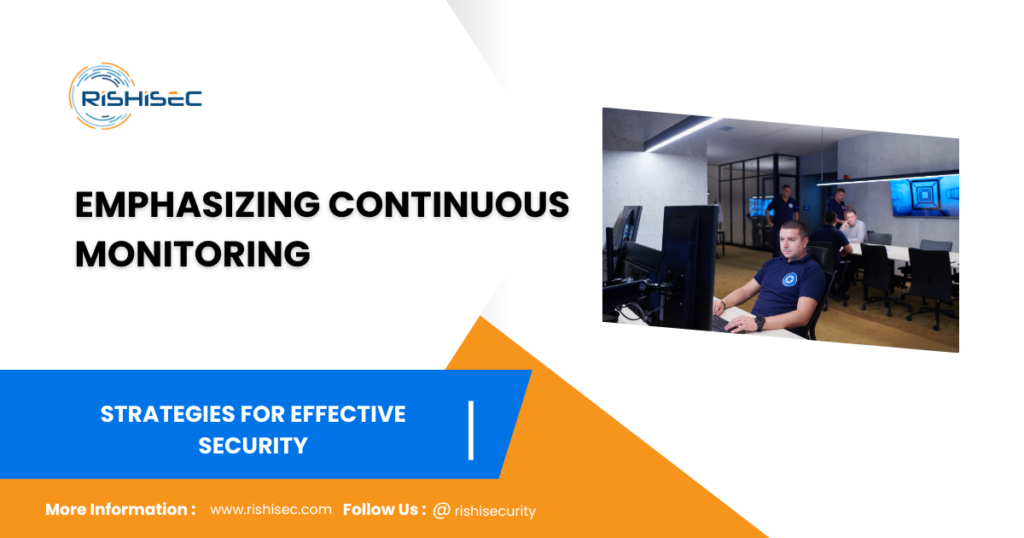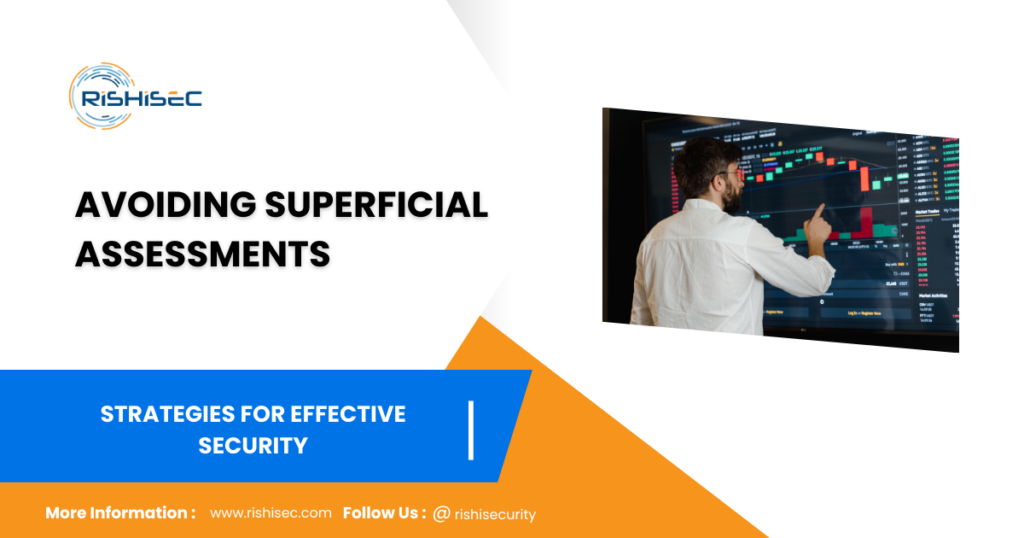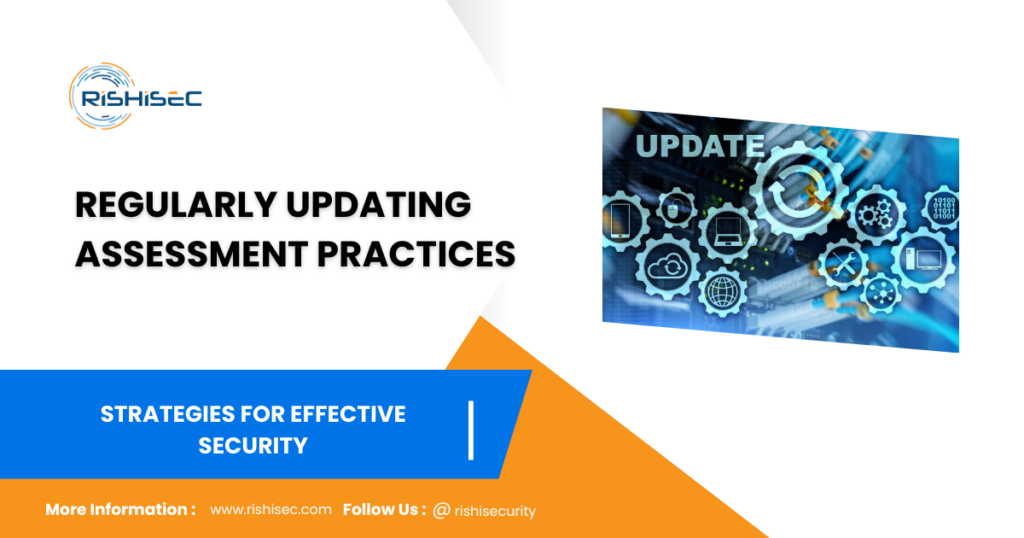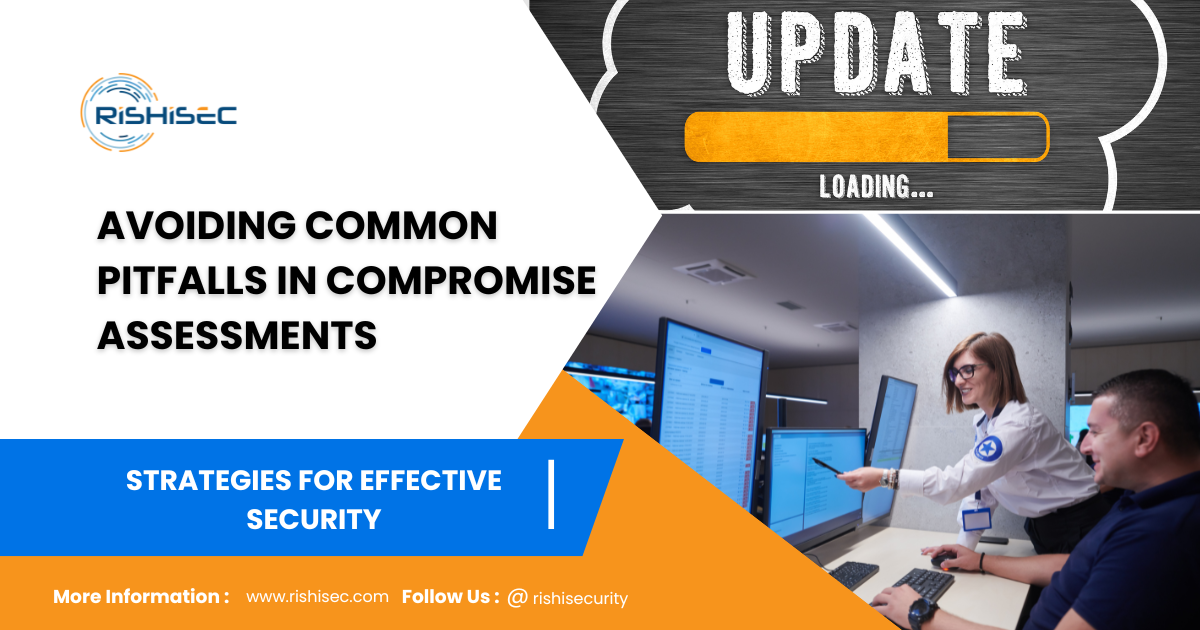Contents
Avoiding Common Pitfalls in Compromise Assessments
In the evolving landscape of cybersecurity, compromise assessments are pivotal for identifying and mitigating vulnerabilities within an organization. However, many organizations encounter common pitfalls that can significantly undermine the effectiveness of these assessments. Avoiding common pitfalls in compromise assessments not only enhances the accuracy of findings but also strengthens the organization’s overall defense strategy. Understanding and addressing these challenges is crucial for ensuring a robust security posture. Here’s a comprehensive guide to navigating and overcoming these obstacles effectively.
1. Emphasizing Continuous Monitoring

Pitfall: One of the most frequent oversights in compromise assessments is neglecting the importance of continuous monitoring. Many organizations conduct assessments sporadically, leaving gaps that could be exploited by emerging threats.
Solution: Implementing a robust continuous monitoring strategy is essential. This involves deploying advanced monitoring tools that provide real-time insights into your security environment. Regularly updated monitoring systems ensure that new threats are detected and addressed promptly, maintaining a proactive defense against evolving risks.
Why It Matters: Continuous monitoring helps identify and mitigate threats that may develop between assessments. Avoiding common pitfalls in compromise assessments is essential in this context, as it ensures that your security measures are not only reactive but also proactive. By addressing these pitfalls, organizations can better adapt to new vulnerabilities and emerging threats, providing ongoing protection and significantly reducing the risk of undetected breaches.
2. Avoiding Superficial Assessments

Pitfall: Superficial assessments that only scratch the surface often miss critical vulnerabilities. These assessments provide a false sense of security and can lead to significant oversights in your security posture.
Solution: To avoid this pitfall, invest in in-depth assessments that thoroughly analyze potential vulnerabilities. Utilize advanced tools and methodologies that offer detailed insights into your security landscape. A comprehensive assessment will provide a clearer understanding of your vulnerabilities and enable you to address them effectively.
Why It Matters: Detailed assessments reveal hidden threats and provide actionable insights. By addressing these vulnerabilities, you can enhance your organization’s security posture and reduce the risk of successful attacks.
3. Aligning Assessments with Business Objectives
Pitfall: Many assessments fail to align with the specific business objectives and risk tolerance of an organization. Generic assessments may not address your unique needs, leading to ineffective security measures.
Solution: Tailor your assessments to align with your organization’s business goals and risk profile. This involves understanding your critical assets, business processes, and the potential impact of security incidents on your operations. Customized assessments ensure that your security measures are relevant and address your organization’s specific needs.
Why It Matters: Aligning assessments with business objectives ensures that your security measures are focused on protecting what matters most. It enhances the effectiveness of your security strategy and supports your organization’s overall goals.
4. Integrating Cross-Functional Insights
Pitfall: A common mistake is failing to integrate insights from various departments within the organization. Compromise assessments that lack input from multiple stakeholders may miss important perspectives and vulnerabilities.
Solution: Foster collaboration between IT, security, management, and other relevant departments. Avoiding common pitfalls in compromise assessments requires this cross-functional approach, as it ensures that all aspects of your organization’s operations are considered during assessments. This collaboration helps identify vulnerabilities that may not be apparent from a single perspective, leading to a more comprehensive understanding of your security landscape.
Why It Matters: A collaborative approach provides a more comprehensive view of potential threats and vulnerabilities. It ensures that your assessments address all relevant factors and enhance the overall effectiveness of your security strategy.
5. Regularly Updating Assessment Practices

Pitfall: Security threats and vulnerabilities are constantly evolving. Organizations that do not regularly update their assessment practices risk falling behind and missing critical threats.
Solution: Regularly review and update your assessment methodologies and tools. Stay informed about emerging threats and industry best practices. This proactive approach ensures that your assessments remain effective and relevant.
Why It Matters: Updating your assessment practices helps you stay ahead of new threats and vulnerabilities. It ensures that your security measures are current and capable of addressing the latest risks.
Conclusion
By addressing these common pitfalls, you can significantly enhance the effectiveness of your compromise assessments and strengthen your organization’s security posture. Avoiding common pitfalls in compromise assessments is crucial to this process. Emphasizing continuous monitoring, avoiding superficial assessments, aligning with business objectives, integrating cross-functional insights, and regularly updating practices are key strategies for success.
CTA
For those looking to integrate advanced security solutions into their compromise assessment strategy, a free trial of SentryCA’s comprehensive tools can provide valuable insights and support. Discover how SentryCA can help you improve your cybersecurity posture and safeguard your digital assets. Start your free trial today and experience the difference.
Show your Cyber Security love by reading this post, Attack Surface Management: Securing Your Digital Frontier


